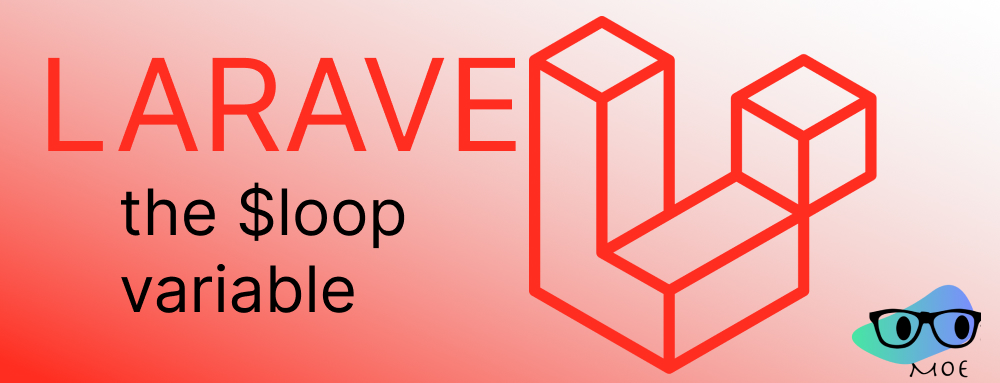- Published on
Don't Forget the Laravel Loop Variable

The Laravel $loop variable is a powerful variable found inside @foreach. I've been using it a lot lately as I've been working on a lot of data iterations, tables and reports. Let's see how it works and how to use it!😊
The @foreach
The @foreach blade directive works just like foreach in PHP. We just need to add @endforeach when we want to close the loop. The syntax is written like:
@foreach ($collection as $object)
<p>This is object {{ $object->id }}</p>
@endforeachor
@foreach ($collection as $key => $object)
<p>This is object {{ $object->id }}</p>
<p>Its key is {{ $key }}</p>
@endforeachCheck out the Laravel Documentation for loops for more information.
The $loop
Laravel has made it easier for developers to track their information inside the loop by providing the $loop variable.
Useful properties to use:
| Property | Definition |
|---|---|
$loop->index |
The index of the current loop iteration (starts at 0). |
$loop->iteration |
The current loop iteration (starts at 1). |
$loop->remaining |
The iterations remain in the loop. |
$loop->count |
The total number of items in the array being iterated. |
$loop->first |
Whether this is the first iteration through the loop. |
$loop->last |
Whether this is the last iteration through the loop. |
$loop->even |
Whether this is an even iteration through the loop. |
$loop->odd |
Whether this is an odd iteration through the loop. |
$loop->depth |
The nesting level of the current loop. |
$loop->parent |
When in a nested loop, the parent's loop variable. |
The $loop->parent property has access to all the properties for the loop but for
the parent.
Try using the $loop variable and let me know how you used it! For more details about Laravel, visit Laravel's Documentation
Open Source
The whole project is an open-source project under the MIT License. If you find my content useful, please follow me on Github or Twitter